A recent article in the New York Times highlights the particular challenges of addiction treatment during the pandemic. The article contends that, at its core, addiction is often fueled by feelings of isolation and disconnectedness and the inability for people to meet together and with clinicians and facilitators has lead many to relapse or worse.
How could Virtual Reality (VR) help? The article highlights several areas where the feeling of presence, focus, and connectedness afforded by VR could lessen the feeling of being alone and more closely represent the therapeutic benefits of in-person interactions.
A Shared Experience
Excerpt from NYT Article: “In the 80-year history since addiction treatment began, we’ve never experienced anything as challenging as this,” said Marvin Ventrell, chief executive of the N.A.A.T.P. “You have to put people in social settings to heal, and Covid conspires against that.”
VR replicates the feeling of being physically together with other people. Everyone in a VR environment sees the same thing as everyone else just as they would if they were sitting together in a shared space. If you and I look out the window to our left, we will see the same scene regardless of where we may be in the real world. This is in sharp contrast to video calls where participants are stacked together in boxes, each in their own world, with no common point of view or ability to truly share in the same experience; a situation that can actually lead to greater feelings of isolation.
Avatars that Emote
Excerpt from NYT Article: “What is more supportive than walking into a room and seeing a human you can touch?” asked one client, Maureen. “What’s been missing is body language, our ability to hug each other. All that stuff is important when people are going through the difficult experience of getting off drugs or alcohol.”
The feeling of proximity in VR is unlike any other digital medium. Lifelike avatars can gesture, point, fist bump, high five, and even hug resulting in sensory feedback (haptics) through the controller. Objects like balls can be passed between people sitting in natural relation to one another and spatial audio allows for more authentic conversation flow. Though VR is not an ultimate substitute for physical human interactions, it is as close as we have to that sensation and, with continuing improvements to avatar expressions, movements, and haptics, the line will only blur further between mind and virtual body.
Focused, Distraction-free
Excerpt from NYT Article: “Many of our clients were riddled with fear and anxiety,” said Rose Foley, who runs mental health services for a Hazelden Betty Ford center in Chelsea, Manhattan. “I remember working with clients and hearing the sounds of sirens from outside their apartments. It was a traumatic time.”
Group and one-on-one video sessions are prone to both technical and situational intrusions. For those seeking help, these distractions can be frustrating and can adversely affect the healing process as they break the sense of connection and togetherness. VR headsets are self-contained units that block out visual and auditory interference. Since everyone is using the same device, the experience is consistent among all participants which leads to a more focused sessions in environments designed to induce a sense of calmness and safety.
Accessibility Meets Control Over Identity
Excerpt from NYT Article: Some positives have come from virtual care. John Driscoll, head of recovery services at Hazelden Betty Ford, said the number of patients choosing to attend sessions biweekly has doubled. The organization’s recovery program for families, which used to be local, is now on video and open to families around the globe, serving more than 2,500 people since the summer.
If there is a sliver lining in the challenges of the last year, it is that access to and utilization of telebehavioral health has increased dramatically. While in-person treatment may still be ideal, the ease of joining remote sessions has reduced barriers and stigmas to those seeking help who otherwise might not have tried. Though not yet as omnipresent as smartphones and laptops, VR offers the same ability to connect with anyone around the globe but with the added advantage that those who wish to remain off camera or anonymous are not left feeling excluded. VR creates a level social playing field where identity is fully in the hands of the participant at any stage of the process. This allows people to explore treatments before committing and removes the self-consciousness that comes with appearing on camera throughout the treatment process.
Beyond Four Walls or a Screen
As the vaccine rollout gains traction and we are eventually able to return to our normal lives, there will still be a prominent role for VR in addiction treatment in the following capacities:
- Remote Treatment: Even when the pandemic ends, there will be many people who seek remote treatment for a variety of reasons (affordability, accessibility, anonymity).
- Ongoing support: Those who have left a treatment center can continue to meet with peers and with counselors in a familiar shared space.
- New treatment models: Role play, withdrawal distraction, and exposure therapy both outside and within centers can offer alternatives to traditional treatments.
At Foretell Reality, we work with our partners to develop behavioral health applications that bring patients and clinicians together in VR environments for connection and healing. Both now and into the future, we see a tremendous opportunity to work with addiction treatment centers and facilitators to help those in need of connection and care.


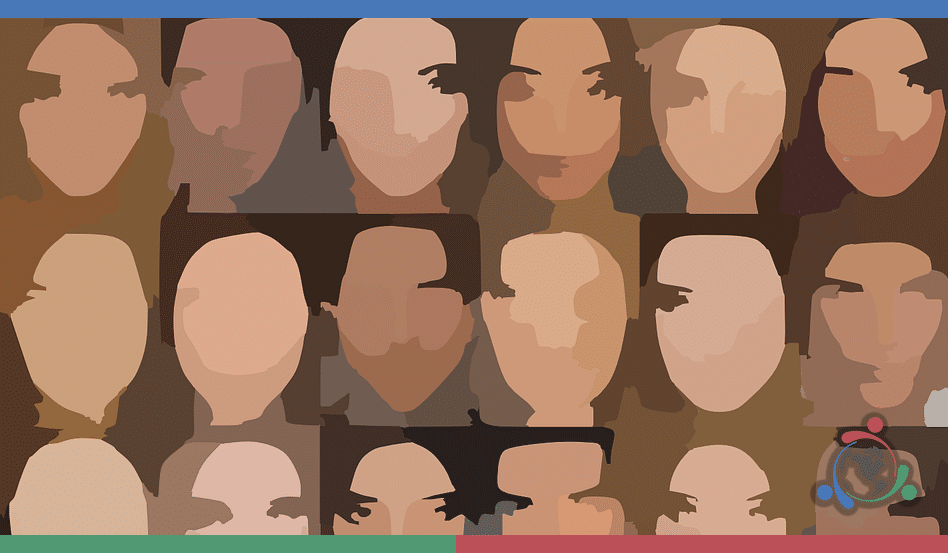

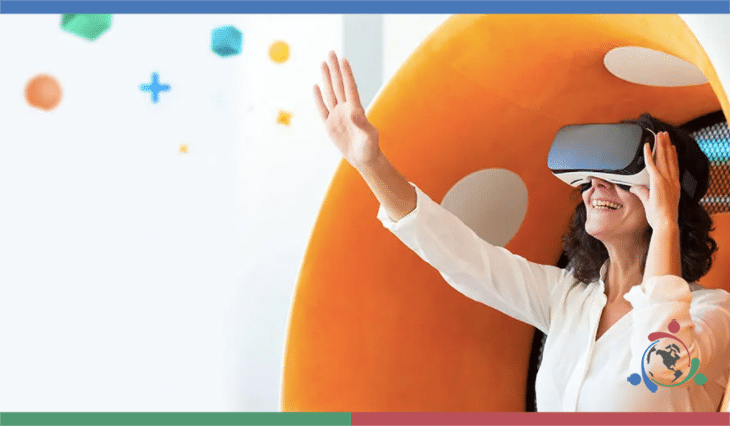

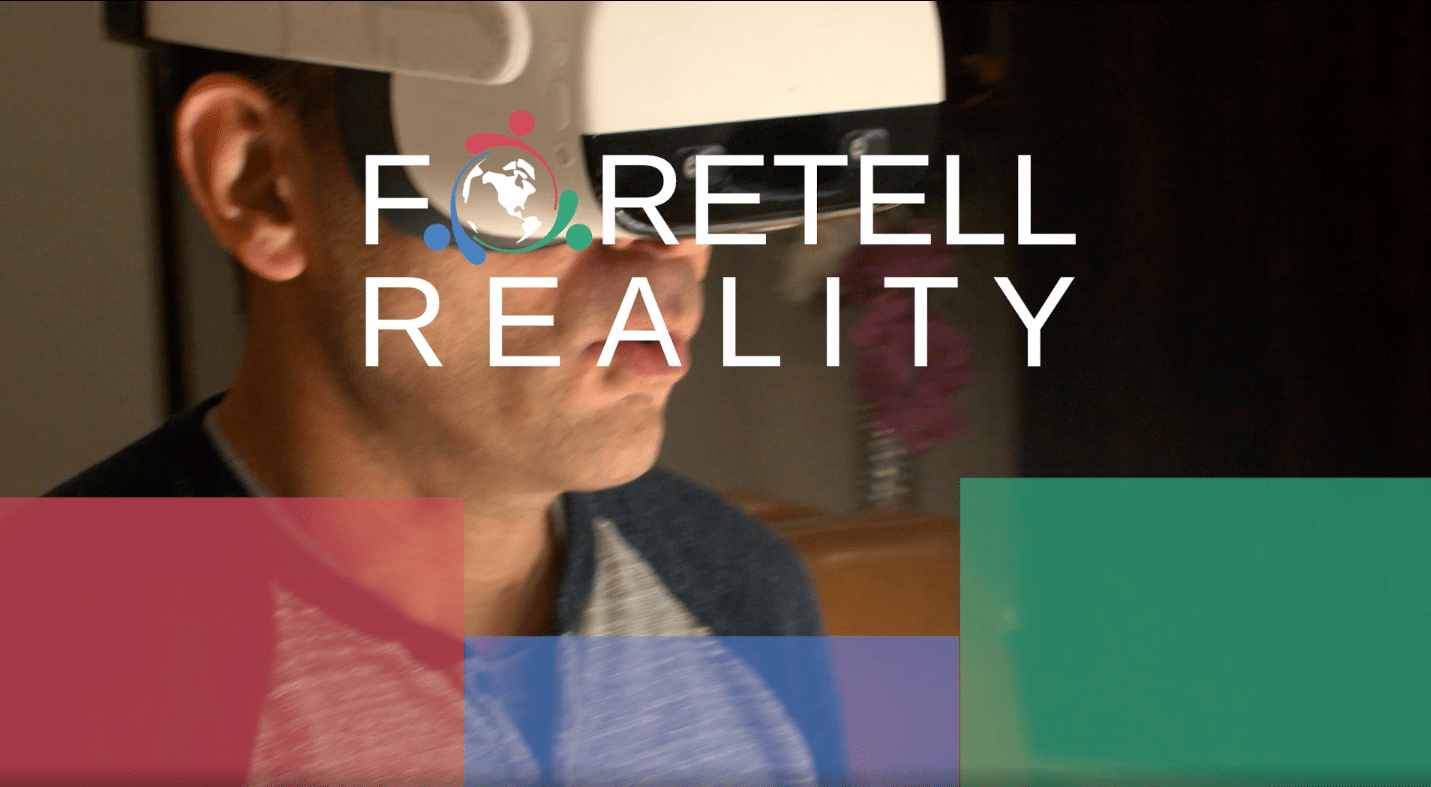
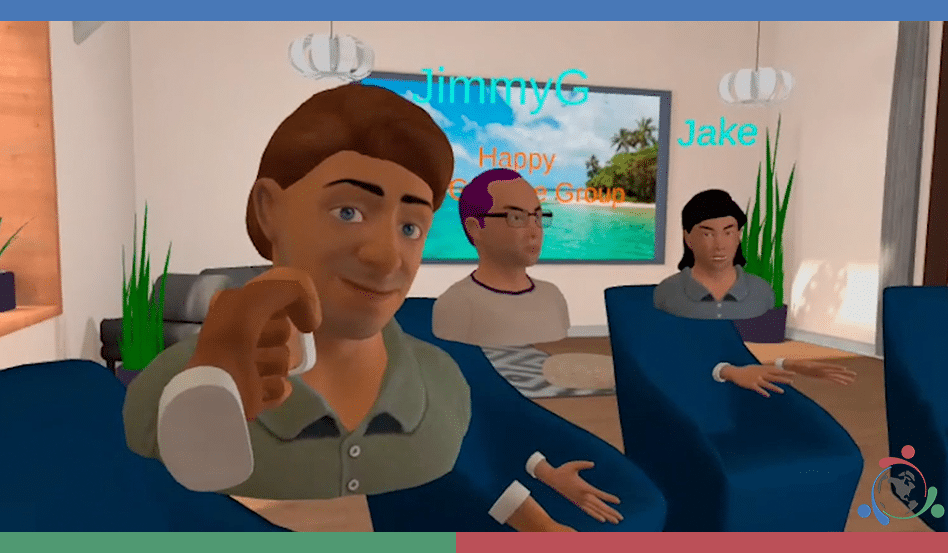
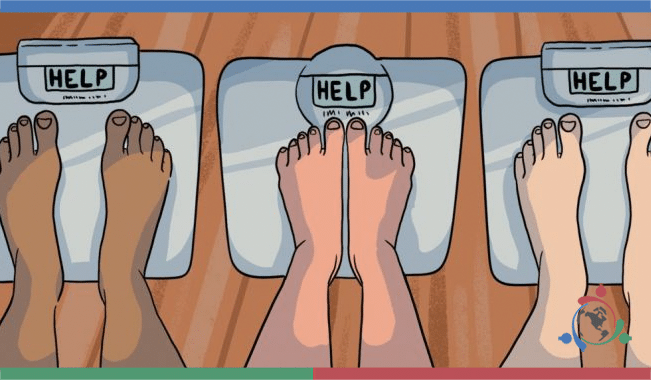
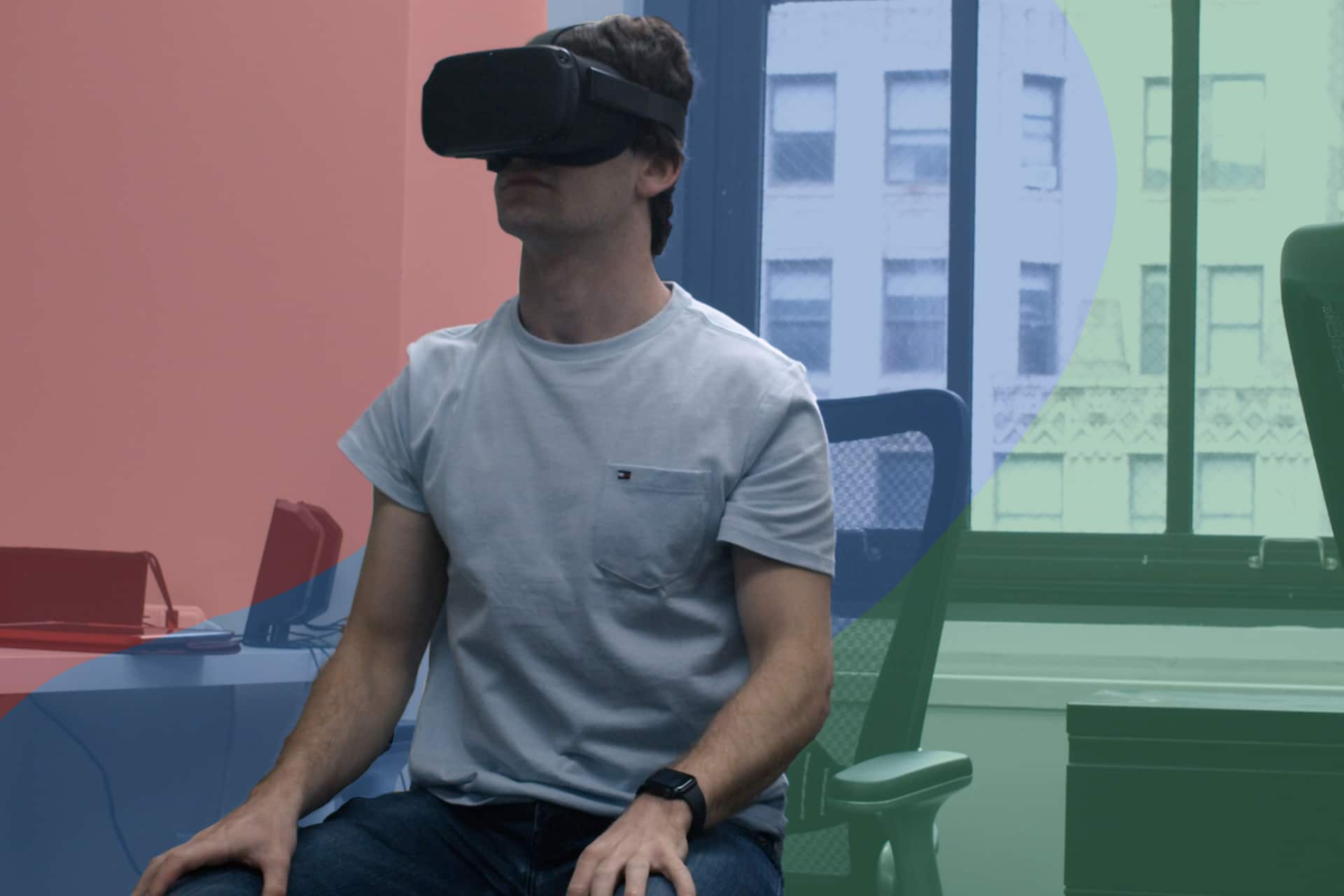

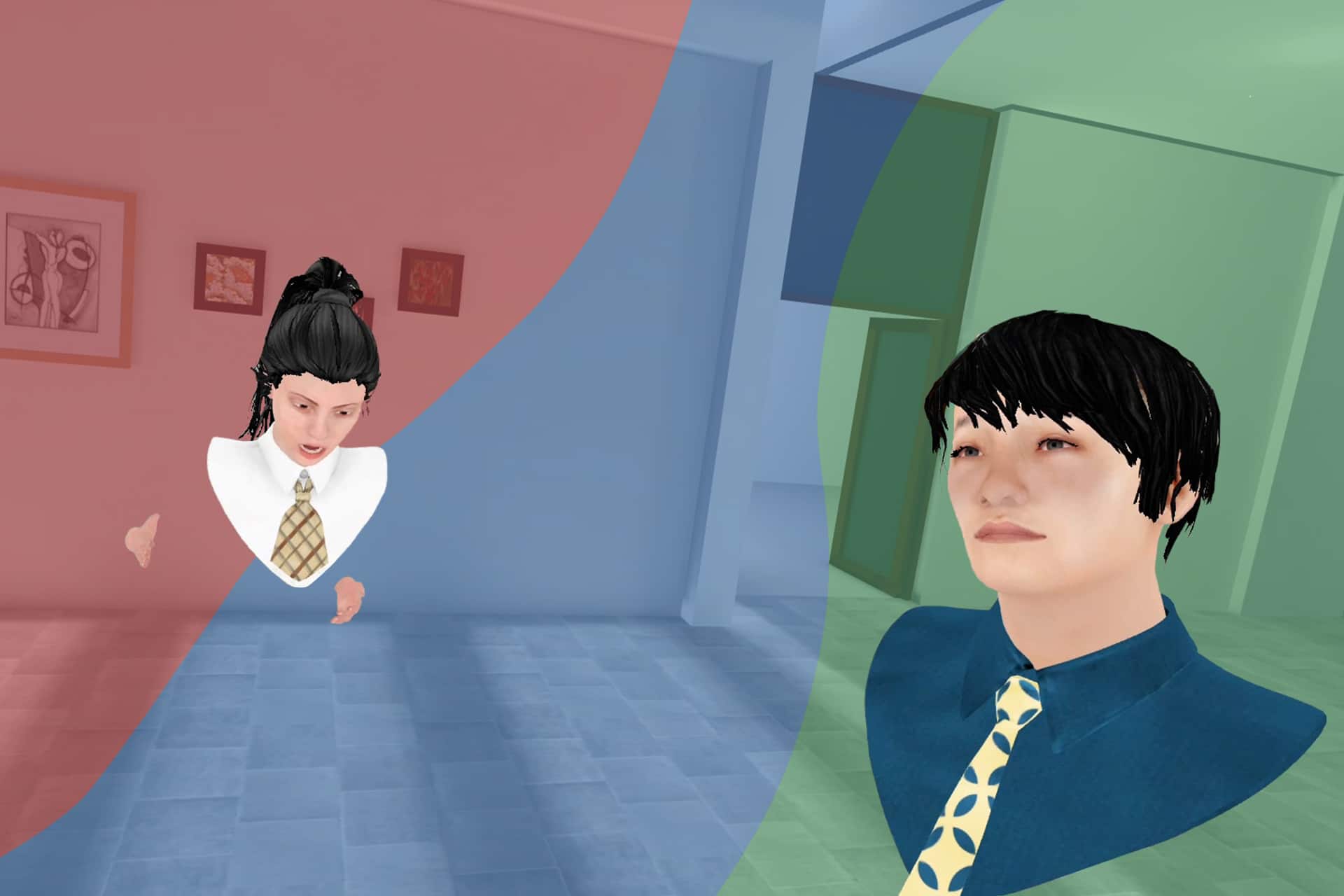







Recent Comments